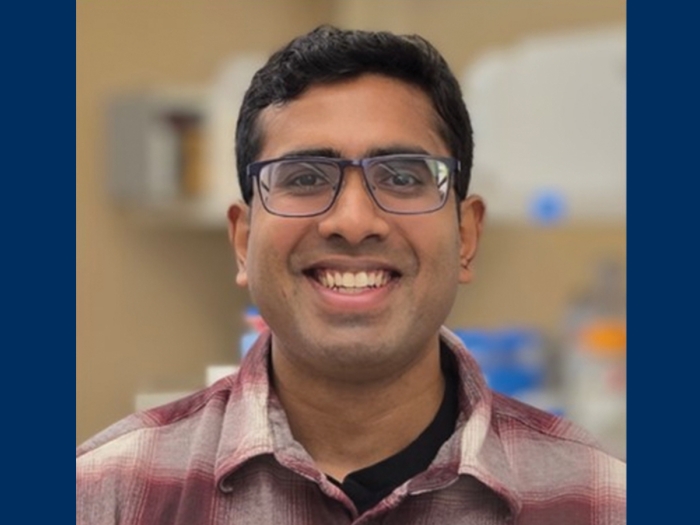Palmer Commons, Grate Lakes South
Satellite Streaming: NCRC 520, Room 1141
“From complete genomes to pangenomes: Expanding our understanding of human haplotype variation”
Abstract
The initial Human Genome Project was a landmark achievement, serving as an essential resource for basic and clinical science, as well as for understanding human history, for over two decades. However, it needs an upgrade due to missing data, inaccurately assembled regions, and its inability to fully represent and identify sequence variants equitably. A single reference map, regardless of its completeness, cannot encapsulate the variation across the human population, leading to biases and ultimately inequity in genomic studies. Recognizing this limitation, the new initiative known as the Human Pangenome Project aims to deliver hundreds of highly accurate and complete genomes. This effort intends to define all bases of each chromosome from telomere to telomere (T2T), ensuring a broader representation of common variants across the human species. Achieving these goals will require the rise of new tools and technology standards for complete genome assemblies and pangenomics, which will have broad and lasting impact on genomic research.

Assistant Professor, UC Santa Cruz
Comprehensive studies of genetic structure and function can no longer overlook the most repeat-rich and largely unexplored parts of our genome. These uncharted sequences contain genes, are highly variable between individuals, and are known to be associated with a wide range of disease phenotypes. We are entering an exciting and pivotal point in genomics, where emerging technologies are capable of generating complete, linear chromosome assemblies. As a result, all future studies in basic and clinical genetics will need to include these previously ignored regions.
The Miga Lab at UCSC focuses on genomic and epigenetic structure within human centromeres and constitutive heterochromatin, which are now emerging to the forefront of genomics. We’re particularly interested in understanding how satellite DNAs, or the tandem repeats in these regions of the genome, are epigenetically regulated, change over time, and how this new variation contributes to disease

Professor

Assistant Professor






